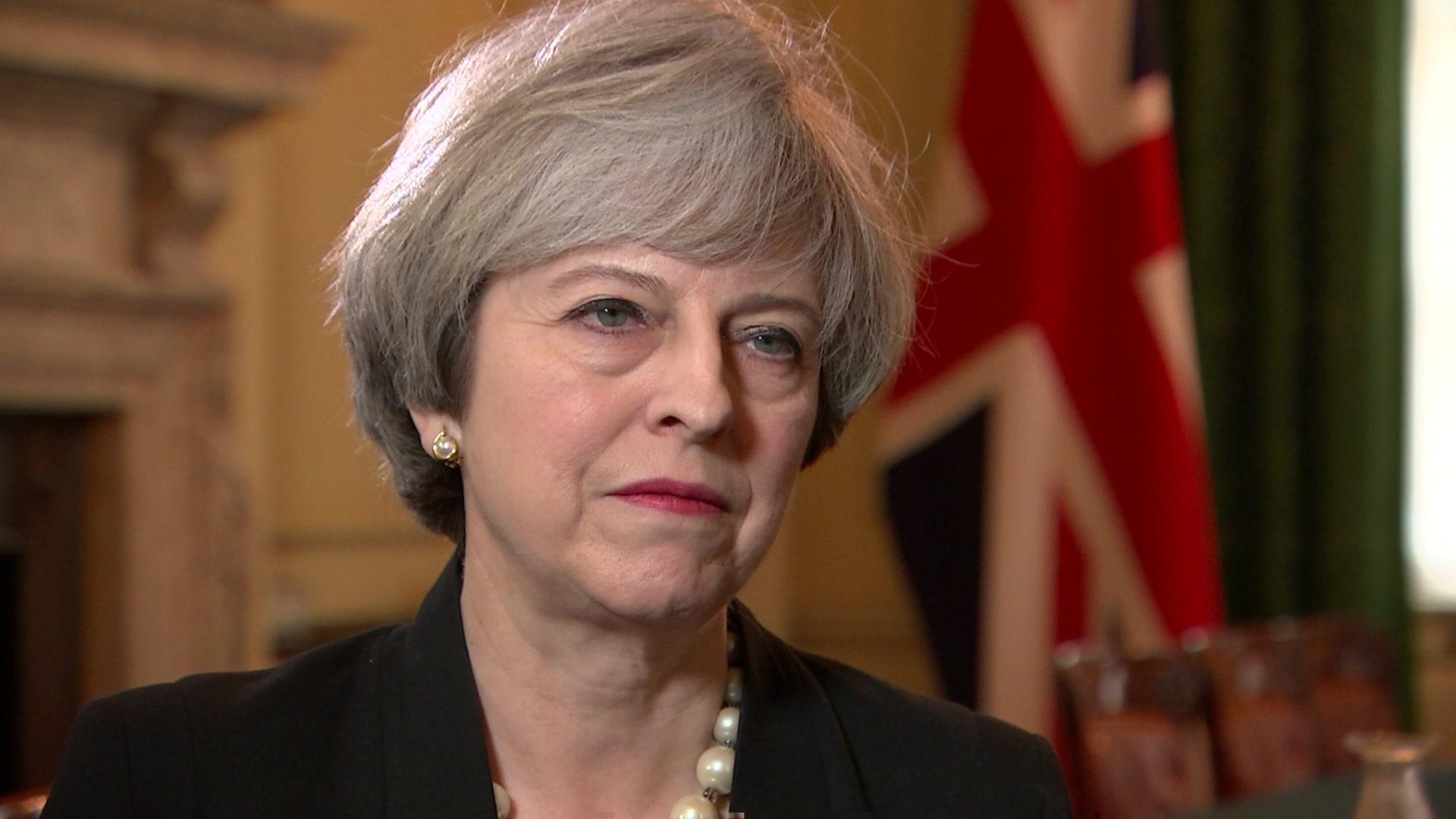SNP conference: Nicola Sturgeon's strategy
- Published
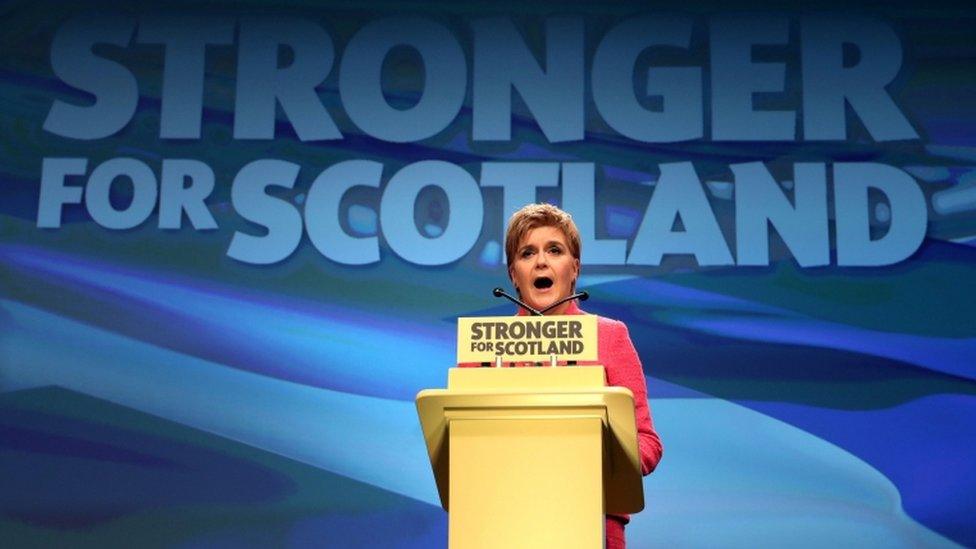
An intriguing, thoughtful speech from Nicola Sturgeon to close the SNP conference in Aberdeen.
Principally, of course, she laid out the strategy to be pursued with regard to her plan for a further independence referendum.
Perhaps I might draw attention to a couple of points arising from that. Firstly, she openly acknowledged that there are those in the wider public who are leery about the notion of a second plebiscite.
They were, said the first minister, feeling "nervous and anxious, perhaps even resentful". Her appeal then was not to the faithful in the hall but to those outside who need convincing.
Secondly, she sought to influence the nature of political debate in Scotland and more generally, urging polite discourse. In particular, she reminded her own party's supporters that they should argue "at all times, with courtesy, understanding and respect".
Thirdly, she placed the demand for a referendum in the context of affording popular choice to Scotland - and not just an SNP project. She quoted Canon Kenyon Wright's famous remark: "We say yes and we are the people". Delivered to another female Conservative prime minister.
Her argument was that it would be "unsustainable" for the Prime Minister to continue to resist a referendum within the timetable set out by the First Minister once the Scottish Parliament has underlined that demand, as it is expected to do next week.
Fourthly - and most significantly - she began to set out the terms for her pitch should an independence referendum come about. It was interesting to note that membership of the European Union per se featured relatively little in that analysis.
Yes, she talked about Scotland as a proud, open, inclusive European nation. But the emphasis was not solely - or even substantially - on the EU.
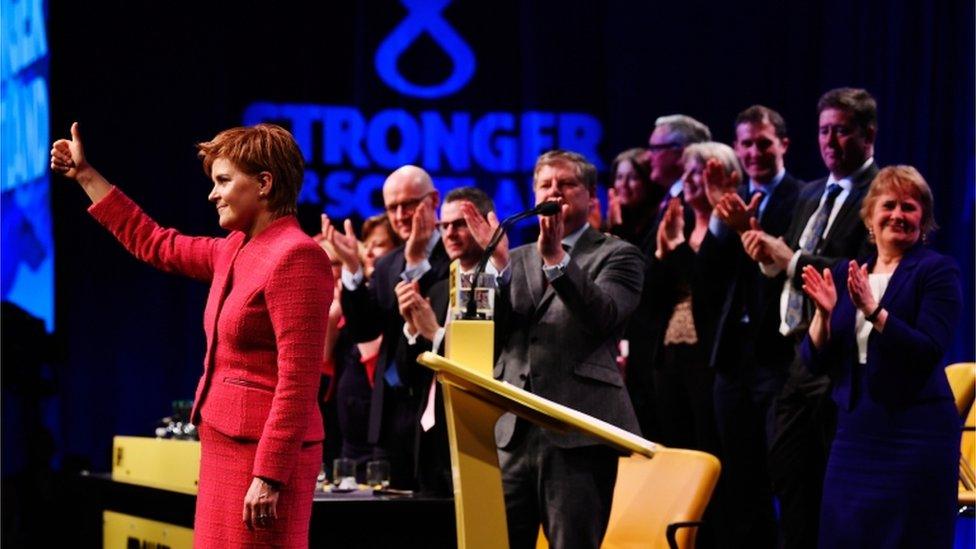
Brexit may be the trigger for the referendum but it appears that it is not the first minister's focus with regard to the referendum. That reflects, of course, the fact that there is precious little sign of zeal for the EU, even in Remain-voting Scotland. There are many, indeed, who voted Yes in 2014 but Leave in 2016.
Rather, the First Minister focused upon what sort of country Scotland is and might become. To do so, she characterised the UK offer as driven by a hard Right, Brexiteer Tory administration - which she envisaged as enduring for a substantial period.
She was offering an "inclusive" Scotland in contradistinction to that depiction. In short, she was not suggesting that Scots might choose between membership of the UK and membership of the EU.
Competing visions
The choice would be between "progressive" Scotland and reactionary UK. Between competing visions of the economic future. She translated this choice into a range of issues, most notably attitudes to immigration.
There had to be, she acknowledged, a response to concerns over immigration. She knew that from her own constituency. But, equally, she depicted Scotland as relatively welcoming and open, for example to EU citizens already here.
There were other elements too in which she contrived to create a choice for the people of Scotland. In each case, she characterised the UK offer in her own terms - and then positioned Scotland in contradistinction. For example, a choice between Trident nuclear renewal or investment in public services.
As I said at the outset, intriguing.
- Published18 March 2017

- Published17 March 2017
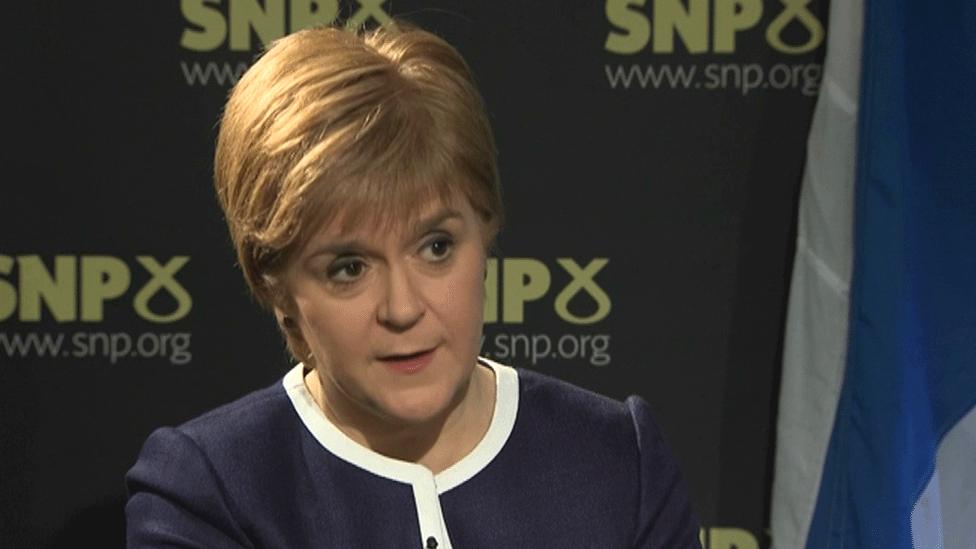
- Published16 March 2017
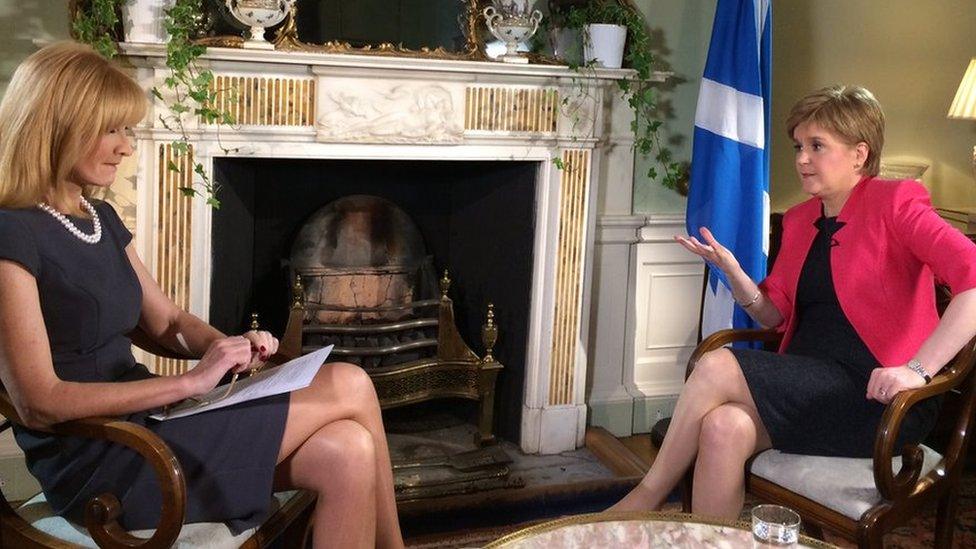
- Published16 March 2017
